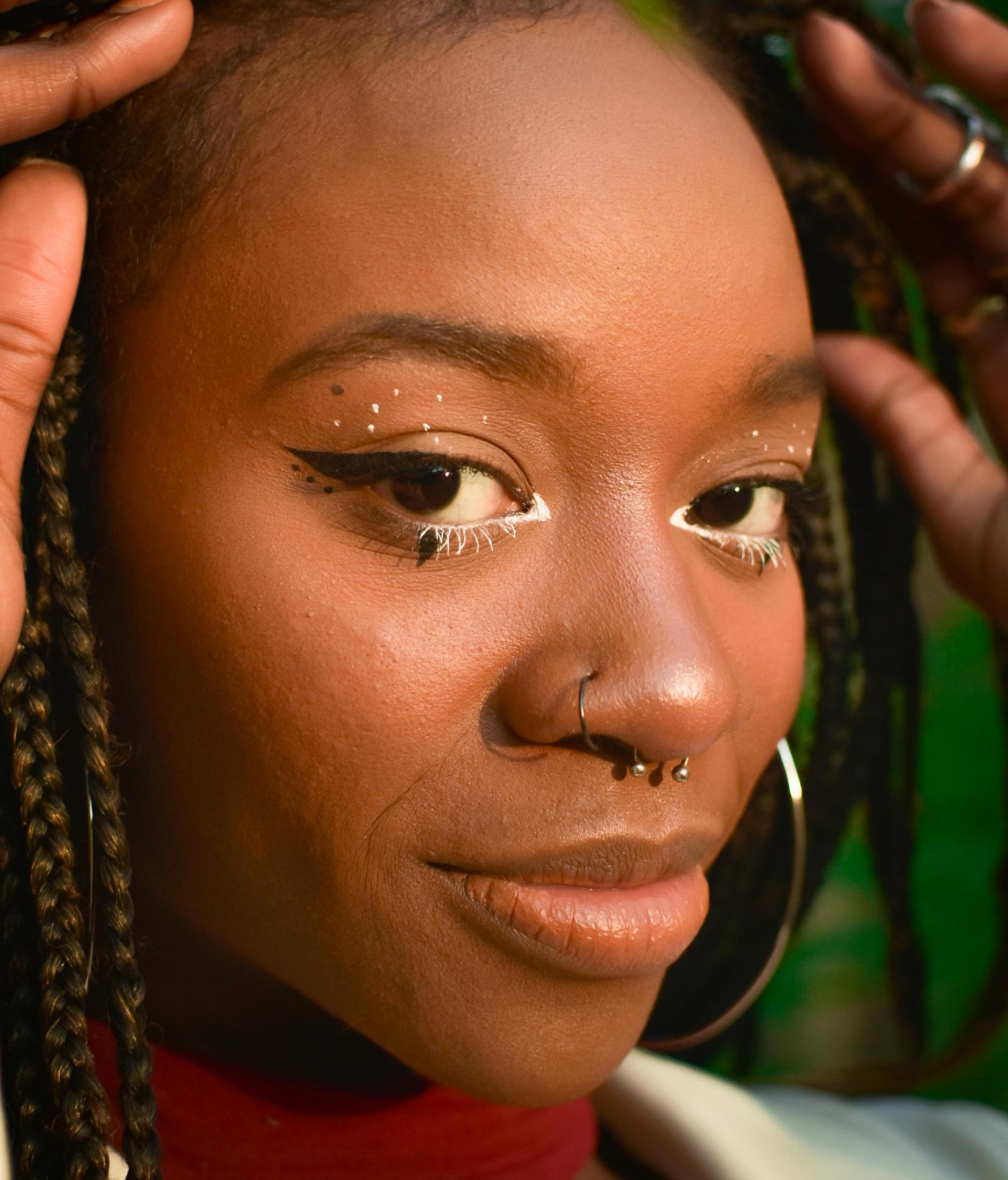Introduction
Septum piercings have gained widespread popularity for their edgy aesthetic and versatility. However, navigating the world of septum jewelry sizes can be tricky, especially for those new to the piercing scene. Selecting the right size not only enhances comfort but also aids in proper healing. In this guide, you’ll learn everything there is to know about septum piercing jewelry sizes—from understanding the types of jewelry available to choosing and adjusting sizes post-piercing.

Understanding Septum Piercing Jewelry
Before diving into sizes, it’s essential to understand the types of septum jewelry available. The most common types include:
- Captive Bead Rings (CBR): These are circular rings that close with a ball, ideal for a snug fit.
- Septum Clickers: Featuring a hinged closure for easy insertion and removal.
- Circular Barbells: U-shaped pieces, often referred to as ‘horseshoes,’ that offer adjustable options for wear.
Each type of jewelry has its sizing standards and aesthetic appeal. Additionally, septum jewelry comes in various materials like surgical steel, titanium, and bioplast, each affecting the weight and comfort of the jewelry.
Understanding these basics allows you to make an informed decision when purchasing or switching out your septum jewelry, ensuring a choice that aligns with your comfort and style preferences.
Sizing Basics
Getting the right size is critical for both comfort and healing. Here are the main factors to consider:
- Gauge: This refers to the thickness of the jewelry. Standard septum piercing gauges range from 16g (1.2mm) to 14g (1.6mm). Thicker gauges are more robust but may require a longer healing time.
- Diameter: This is the measurement of the internal width of the ring or barbell. Common diameters range from 8mm to 14mm, though custom sizes are also available.
- Length: For barbells, this refers to the measurement between the two balls or ends. A typical length is around 6mm to 12mm.
Incorrect sizing can lead to discomfort or complications. Overly tight jewelry can restrict blood flow, impeding healing and causing swelling. Conversely, loose jewelry can move excessively, risking infection.
The initial piercing is usually done with a slightly larger diameter to accommodate swelling. Once the swelling subsides, you can downsize for a snugger fit. It is always advisable to consult with a professional piercer for sizing and adjustments rather than attempting it yourself.
Choosing the Right Size
Now that you have an understanding of the basic sizes, how do you select the right one for you?
- Consult Your Piercer: They can measure your septum accurately and recommend a suitable size based on your anatomy and lifestyle.
- Consider Healing Time: Larger gauges and diameters may require longer healing periods. If you’re impatient about healing, opt for standard sizes.
- Think about Comfort: Assess how the jewelry feels during daily activities. You don’t want it to impede talking, eating, or any other routine functions.
- Aesthetic Preferences: Reflect on how you want your septum piercing to look. A snug fit is often more subtle, while larger diameters can be more dramatic.
Trial and feedback are crucial. If something feels off, don’t hesitate to consult your piercer for adjustments. They can suggest slight modifications to improve comfort and look.

Adjusting Sizes Post-Piercing
Post-piercing adjustments are common as your septum heals and your preferences evolve. Here are some tips for adjusting sizes:
- Wait for Full Healing: Ensure your septum piercing is fully healed before making any size changes. This usually takes 6-8 weeks.
- Gentle Transitions: If upgrading to a thicker gauge, consult with your piercer. They may need to stretch your piercing gradually.
- Hygiene is Key: Always sterilize new jewelry before insertion and follow post-piercing care routines diligently.
- Monitor for Discomfort: If you experience swelling, redness, or pain, reconsider the size of your new jewelry or revert back to the original.
Professional piercers can make these adjustments safely, minimizing risks of complications or infections.

Conclusion
Understanding and selecting the right septum piercing jewelry size is essential for comfort, healing, and the overall aesthetic of your piercing. By familiarizing yourself with the types of jewelry, sizing dimensions, and following best practices for choosing and adjusting sizes post-piercing, you’ll ensure a positive and stylish piercing experience. Always consult professionals when in doubt and prioritize hygiene and care to maintain a healthy and fashionable septum piercing.
Frequently Asked Questions
What if my jewelry feels too tight or loose?
If your septum jewelry feels too tight or loose, consult with your piercer immediately. They can adjust the size or recommend a new piece tailored to your needs.
How can I change my septum jewelry safely?
To change your septum jewelry safely:
1. Wash your hands thoroughly.
2. Sterilize the new jewelry.
3. Gently remove the old piece following a mirror-assisted technique.
4. Insert the new jewelry carefully.
Are there risks associated with incorrect sizing?
Incorrect sizing can lead to several issues, including:
1. Impeded healing due to restricted blood flow.
2. Risk of infection from excessively loose jewelry.
3. Discomfort and potential scarring.
